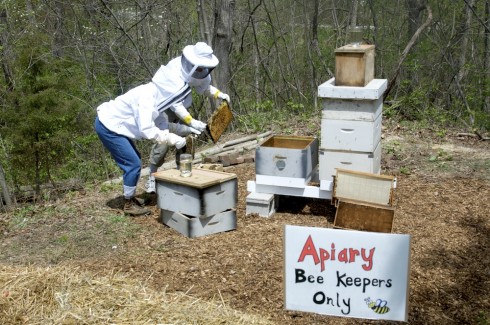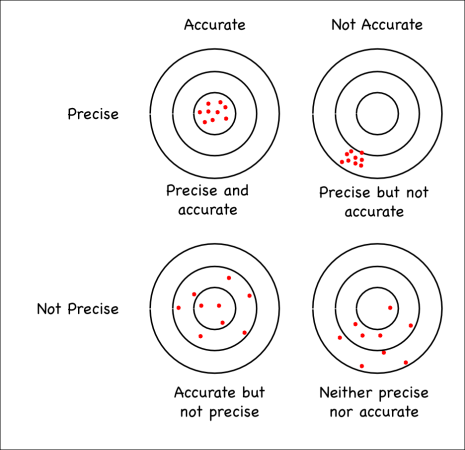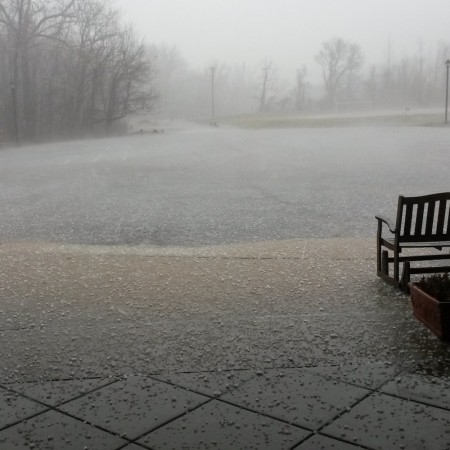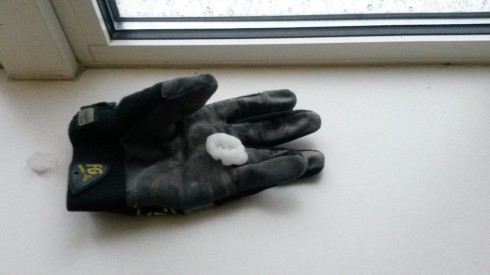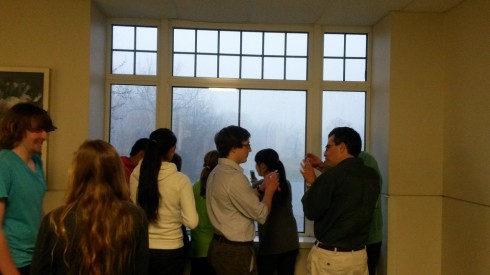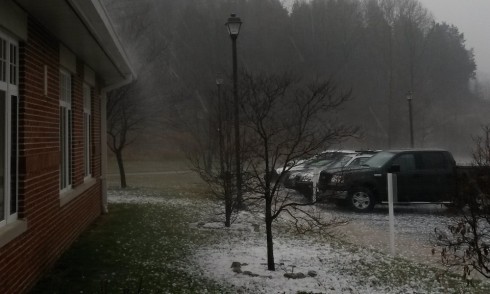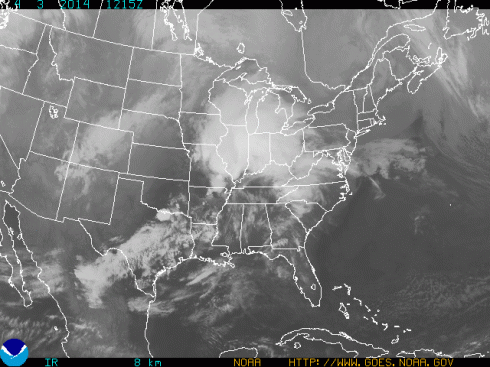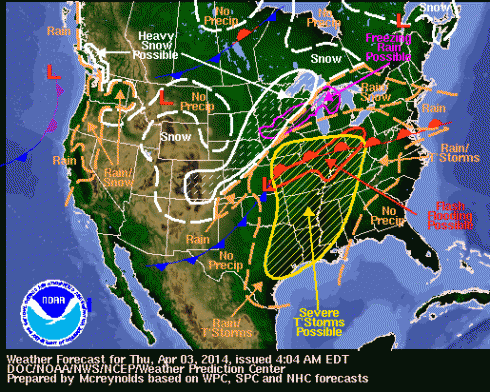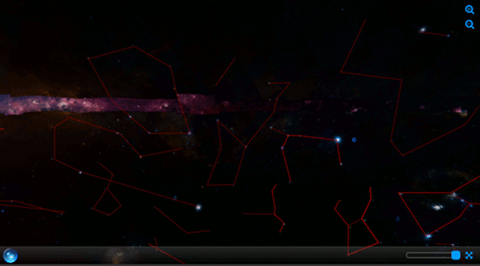
Now that we’re at the end of the academic year, our middle school business’ chicken coops have finally arrived (they were on back order). The kids had some fun finding the right spot for the coops, and we staked out an area for fencing; we plan to clip the birds’ wings.
Although, the coops came pre-assembled, the students needed to make some final adjustments.
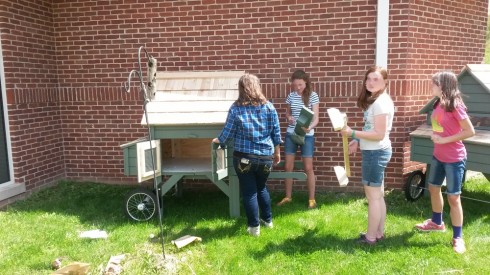
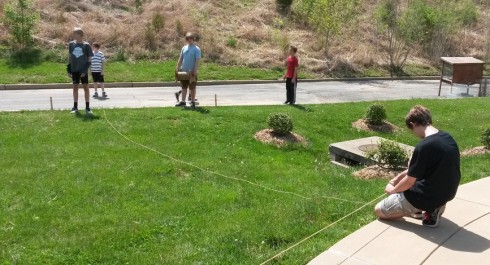
Tomorrow, during math, they’ll be finding the perimeter so we can order fencing, and finding the area so we can know how much space we’ll have per bird.



